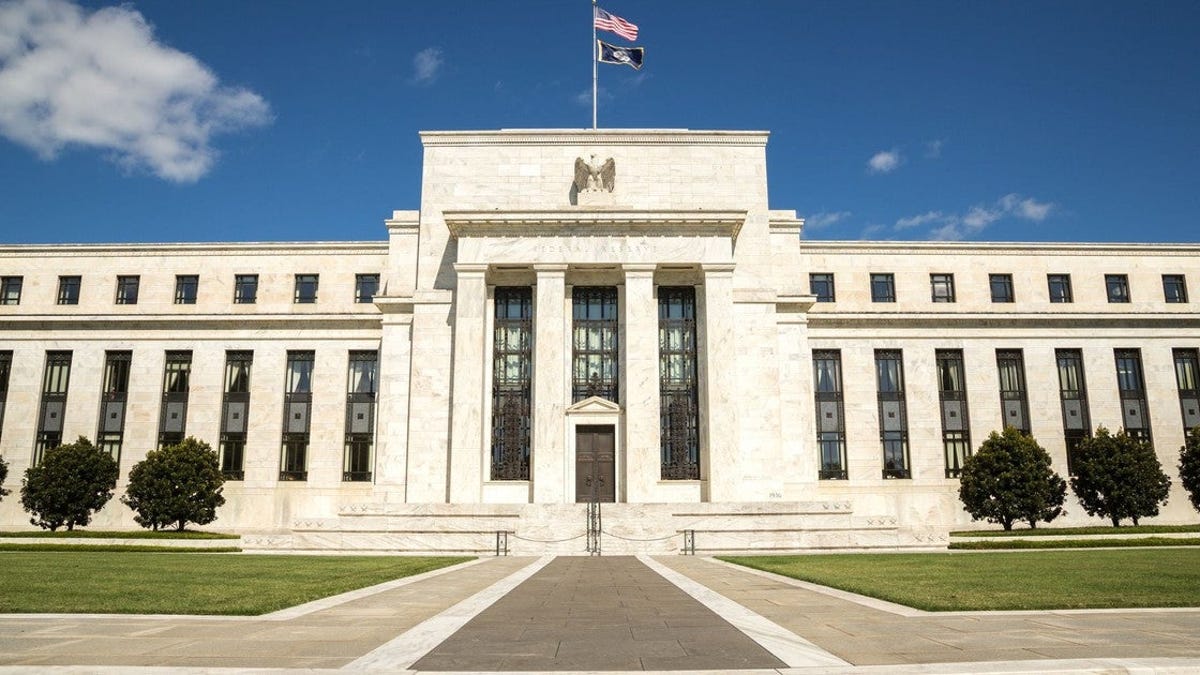LATEST FINANCIAL NEWS
Fed aims for tricky balance between wounded economy, booming outlook as it unveils new forecasts
U.S. fed chair optimistic about recoveryFederal Reserve Chairmain Jerome Powell says he expects U.S. job growth to begin to rebound in the coming months as more Americans get vaccinated. (March 4)APAs the nation digs out of the brutal coronavirus recession, the economic outlook has turned from uncertain to booming in a matter of weeks, a reversal that presents a delicate balancing act for a Federal Reserve that wants to avoid spoiling the party.At a two-day meeting that concludes Wednesday, Fed policymakers need to upgrade their forecasts to reflect the brighter days ahead, economists say. But if those officials signal earlier and faster hikes in short-term interest rates, it could douse the recent stock market rally and crimp a recovery that’s just starting to warm up.At the same time, a Fed that suggests it has no concerns about inflation also could worry investors and inadvertently accelerate recently rising long-term rates, such as for home mortgages. That would pose another hazard for the nascent comeback.“It’s a fine line to walk,” says Kathy Bostjancic, chief U.S. financial economist for Oxford Economics.Fueling the turnabout are falling COVID-19 cases, the prospect of a largely reopened economy by midyear amid growing vaccinations, and the two massive COVID relief packages – costing a total $2.8 trillion – that Congress has passed since December. Unemployment benefits have been expanded for 11 million Americans and most individuals will receive $1,400 checks within days or weeks.Retail sales jumped 5.3% in January and employers added a better-than-expected 379,000 jobs in February.Goldman Sachs reckons the Fed will lift its 2021 economic growth forecast to 6.2% — its best showing since the early 1980s — from 4.2% in its December estimate. Goldman figures the central bank will foresee the unemployment rate falling from the current 6.2% to 4.4% at year-end. And the Fed likely will raise its estimate of core annual inflation – which excludes volatile food and energy costs — to 1.9% this year, 2% in 2022 and 2.1% in 2023, up from 1.8%, 1.9% and 2%, respectively, in its December forecast, Goldman says.In December, the Fed predicted it would not raise its key short-term interest rate from near zero through 2023. With inflation likely to edge above the Fed’s 2% target in a couple of years, according to many forecasts, Bostjancic believes Fed policymakers will predict they’ll finally raise rates, but just once, in 2023. That would be less aggressive than the three rate hikes fed fund futures markets are expecting that year, and so it could cheer investors, Bostjancic says.Looking beneath at the market rally: In the year of COVID-19, who has really benefited from the stock market boom?On the other hand, she says, markets could see even one rate hike “as the Fed coming around to (their) viewpoint,” sending stocks lower.As a result, Scott Anderson, chief economist of Bank of the West, believes the Fed will continue to predict no rate increases through 2023. The Fed has vowed to keep its benchmark rate near zero until the economy reaches full employment and inflation rises above its 2% target “for some time.”Officials likely don’t want to put a damper on a recovery that’s just getting its sea legs. The U.S. has recovered 12.9 million of the jobs lost in the early days of the pandemic but remains 9.5 million below pre-crisis levels. And the 6.2% jobless rate is closer to 10% when accounting for Americans who have dropped out of the labor force and aren’t even looking for work.The other dilemma the central bank faces is a recent jump in long-term rates in anticipation of a more vibrant economy and faster inflation. Since Dec. 31, 10-year Treasury yields have climbed from 0.9% to 1.6%. Thirty-year fixed mortgage rates, which move with Treasury yields, have risen from 2.67% to 3.05% during that period. That’s still historically low but increasing mortgage rates ultimately could hurt the roaring housing market.COVID relief guide: Who gets the third stimulus check, and when? Your COVID-19 relief questions, answeredAt his news conference Wednesday, Fed Chair Jerome Powell likely will try to calm jittery Treasury markets by reiterating that employment and inflation remain well below the Fed’s goals, Bostjancic says. Powell also could note the Fed can shift its $120 billion in monthly purchases of Treasuries and mortgage-backed securities to more longer-term bonds to hold down long-term rates, she says.Yet Powell also needs to stress that the Fed stands ready to act to contain inflation if needed, Bostjancic says. A hands-off Fed could further stoke inflation fears that send Treasury yields higher, she says.Goldman Sachs doesn’t think Powell will even push back against rising Treasury rates. After all, overall financial conditions– which include stock prices and corporate borrowing costs – are still favorable, the firm says. And the projected pickup in the economy warrants higher yields.“Investors expecting strong pushback on (higher long-term rates) from Chair Powell are likely to be disappointed,” Goldman economist David Mericle wrote in a note to clients.
Source link









